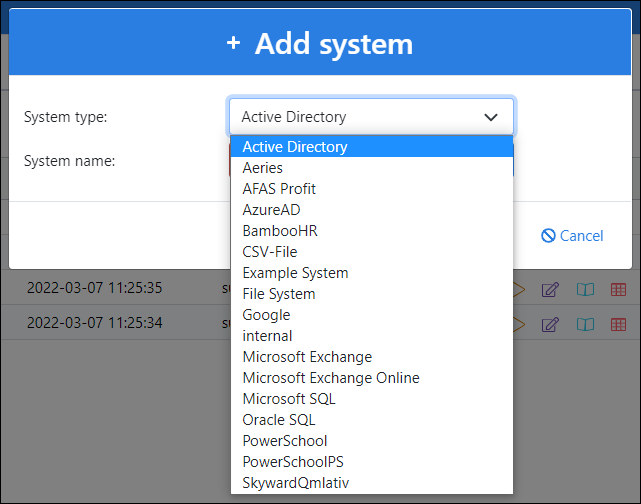Developers
Danger
It is important to note that developing Connectors or Scripts comes with a "Use at Your Own Risk" policy. We would like to emphasize that any such tools, connectors, or scripts that have not been developed directly by Tools4ever are outside the scope of our standard support services. Users are advised to exercise caution and discretion when employing any non-official tools or scripts in conjunction with Tools4ever products.
This section provides detailed guidance on developing Custom connectorsfor REST-based systems and defines the file format used by the NIM REST connector.
A REST connector enables NIM to integrate with any external system offering a REST API, allowing for flexible and dynamic API interactions. It leverages NIM's proprietary REST engine to execute custom calls, facilitating seamless communication between NIM and the external system while supporting a wide range of use cases.
Connector file
A NIM REST connector is a single JSON file. The file must be a valid NIM connector file, or NIM will not load any Systems that use it.
After you edit a connector, you must either 1) restart the NIM service or 2) go to Configuration > Connectors, select the relevant System, and then click Reload Connector.
All REST connectors are stored in the following directory:
C:\ProgramData\Tools4ever\NIM\config\connectors\rest
The best way to get started developing a custom REST connector is to copy one of the official connectors in this folder and customize it for your system.
The connector file name (without the .json extension) becomes the System Type in the NIM Studio. The file name is case sensitive.

The connector file does not contain any sensitive information. Credentials are stored in a different location and encrypted.
REST vs. PowerShell
Because it's possible to make REST calls in PowerShell, you can potentially build custom REST connectors using either NIM's PowerShell connector format or its REST connector format.
The latter uses a proprietary REST engine that is more resource- and code-efficient. However, the trade-off is that NIM's REST engine is not user-extensible, whereas PowerShell always is. If you choose to develop a custom REST connector and need to implement features that the engine doesn't currently support, you'll have to contact Tools4ever to request the necessary features to the REST engine. Your connector development will then be blocked until Tools4ever can add them.
Due to this trade-off, our currently-recommended best practice is to create source-only connectors using PowerShell Connectors. On the other hand, custom connectors which will be used in both source and target contexts should be created using the REST connector format. They tend to involve an overwhelming amount of PowerShell code and thus benefit more from the REST connector format, despite its potential drawbacks. See Sources and targets.
Additionally, if you've created a custom PowerShell connector which is under-performing, you may want to convert it to REST.